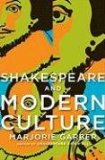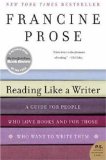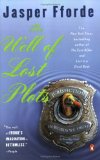As you can see, I have changed the theme or template for this blog. I have wanted something more fun but still bookish for a while, and my old theme proved stubbornly difficult to work with sometimes. I think I have everything in its place now, but if you see something that needs to be fixed, please let me know.
In updating the theme, I have also enabled threaded comments, which means that if you want to reply to a comment, it will be clear that your comment is in reply to a comment rather than a post. I obtained the theme free from TemplateLite. I am good with code, but not so much with manipulating images and creating a whole theme from scratch.
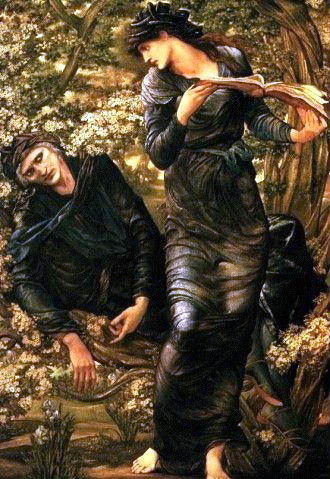
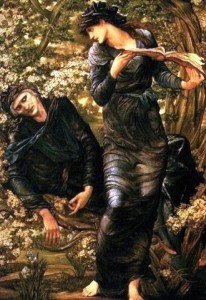 Yet again, it seems that King Arthur has become inspiration for a new work. The BBC ran the series
Yet again, it seems that King Arthur has become inspiration for a new work. The BBC ran the series 